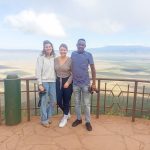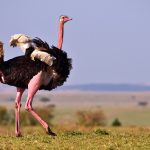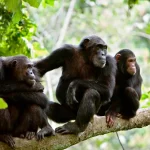
- Mount Meru Trekking: A Journey to the Roof of Africa
-
Written by : Tarimo Expeditions
Mount Meru, located in Tanzania, is the fifth highest mountain on the African continent and an excellent alternative to Kilimanjaro for those looking for a less crowded and more challenging trekking experience. In this article, we will explore the beauty of Mount Meru trekking, what to expect on the trail, and how to prepare for this unique adventure.
Trekking up Mount Meru is an incredible experience that takes hikers through lush forests, open moorlands, and alpine deserts, with stunning views of the surrounding landscape and wildlife. This trek offers a unique and challenging adventure that is less crowded than Kilimanjaro, making it an excellent choice for those looking for a more off-the-beaten-path experience.
Why Choose Mount Meru Trekking
Mount Meru is the second-highest mountain in Tanzania, and it offers a unique trekking experience that is different from Kilimanjaro. Unlike Kilimanjaro, which can be overcrowded and commercialized, Mount Meru offers a quieter and more peaceful trek. It is a perfect choice for those who are seeking an adventure in a more remote and secluded location.
Mount Meru Trekking Routes
There are two main routes for Mount Meru trekking – the Momella route and the Meru Crater route. The Momella route is more popular and takes around three to four days to complete, while the Meru Crater route takes an additional day to summit the mountain. Both routes offer breathtaking views and unique experiences, and hikers can choose the one that suits their needs and preferences.
Best Time for Mount Meru Trekking
The best time to trek Mount Meru is during the dry season, from June to February. During this period, the weather is generally clear and dry, making it easier to climb the mountain. However, it’s essential to note that Mount Meru is a challenging trek, and the weather can be unpredictable, so it’s essential to be well prepared.
Difficulty Level and Physical Preparation
Mount Meru is a challenging trek that requires a moderate level of fitness and stamina. It’s essential to be physically prepared before embarking on this adventure. Pre-trek training should include cardio exercises and endurance training, such as hiking, running, and cycling. Hikers should also acclimatize to the altitude before the trek to prevent altitude sickness.
Trekking Gear and Packing List
Hikers must carry the right gear and equipment for a successful trek up Mount Meru. Some of the essential items include waterproof hiking boots, warm clothing, a sleeping bag, a headlamp, a water bottle, and a first-aid kit. It’s essential to pack light and carry only the necessary items, as hikers are required to carry their backpacks throughout the trek.
Accommodation on Mount Meru Trekking
There are several options for accommodation on Mount Meru trekking, including camping and mountain huts. The campsites are well-equipped, with tents, sleeping bags, and cooking facilities. The mountain huts are also available, providing a more comfortable and convenient option for hikers.
Meals and Water on the Trail
During the Mount Meru trek, hikers will be provided with three meals a day, including breakfast, lunch, and dinner. The meals are usually simple but filling, with a focus on carbohydrates and proteins to keep hikers energized during the trek. Hikers should also carry energy bars, nuts, and snacks for additional sustenance.
Water is available along the trail, but it’s essential to treat it before consumption. Hikers should bring water purification tablets or a water filter to ensure they have access to safe drinking water throughout the trek.
Wildlife and Flora on Mount Meru
Mount Meru is a biodiversity hotspot, with diverse flora and fauna. Hikers can expect to see a variety of wildlife, including elephants, buffaloes, giraffes, and monkeys. The forests are home to various bird species, including the silvery-cheeked hornbill and the Hartlaub’s turaco. The vegetation changes as hikers ascend the mountain, with lush forests giving way to open moorlands and alpine deserts.
Altitude Sickness and Prevention
Altitude sickness is a common problem during high-altitude treks such as Mount Meru. Symptoms include headaches, nausea, and shortness of breath. To prevent altitude sickness, hikers should take their time ascending the mountain, drink plenty of water, and acclimatize to the altitude before the trek. Hikers can also take altitude sickness medication, such as Diamox, to prevent and alleviate symptoms.
Cultural and Historical Significance of Mount Meru
Mount Meru holds significant cultural and historical significance for the local Meru people, who consider it a sacred mountain. The Meru people believe that their god, Ngai, lives on the summit of the mountain. Mount Meru is also home to several historical sites, including the Oldoinyo Lengai volcano and the Ngorongoro Crater.
Tips for a Successful Mount Meru Trekking Experience
To have a successful Mount Meru trekking experience, hikers should take note of the following tips:
- Train adequately before the trek and acclimatize to the altitude.
- Pack light and carry only the necessary items.
- Carry a water purification system and enough water for the trek.
- Dress appropriately for the weather and bring warm clothing for the summit night.
- Take time to enjoy the scenery and wildlife along the trail.
- Follow the guidance of the trekking guides and porters.
Mount Meru trekking offers a unique and challenging adventure for those seeking a less crowded and more off-the-beaten-path experience in Tanzania. With breathtaking views, diverse flora and fauna, and significant cultural and historical significance, this trek is a must-do for any adventurous hiker.
FAQs
How long does it take to trek Mount Meru?
It takes around three to four days to trek Mount Meru.Is Mount Meru harder than Kilimanjaro?
Mount Meru is considered more challenging than Kilimanjaro due to its steeper and more rugged terrain.Do I need a guide for Mount Meru trekking?
Yes, it is recommended to have a guide for Mount Meru trekking for safety and guidance purposes.Can I trek Mount Meru year-round?
The best time to trek Mount Meru is during the dry season, from June to February. Trekking during the rainy season is not recommended.How much does it cost to trek Mount Meru?
The cost of Mount Meru trekking varies depending on the tour operator and the chosen route, but it typically ranges from $1,000 to $1,500.
Best of Our Tanzania Safaris
From the Wildebeest Migration to the Big 5 and Tropical White Sand Beaches
Explore the best of Tanzania with our curated collection of safaris packages. Experience breathtaking wildlife, stunning landscapes and cultural richness, there’s something for everyone.



